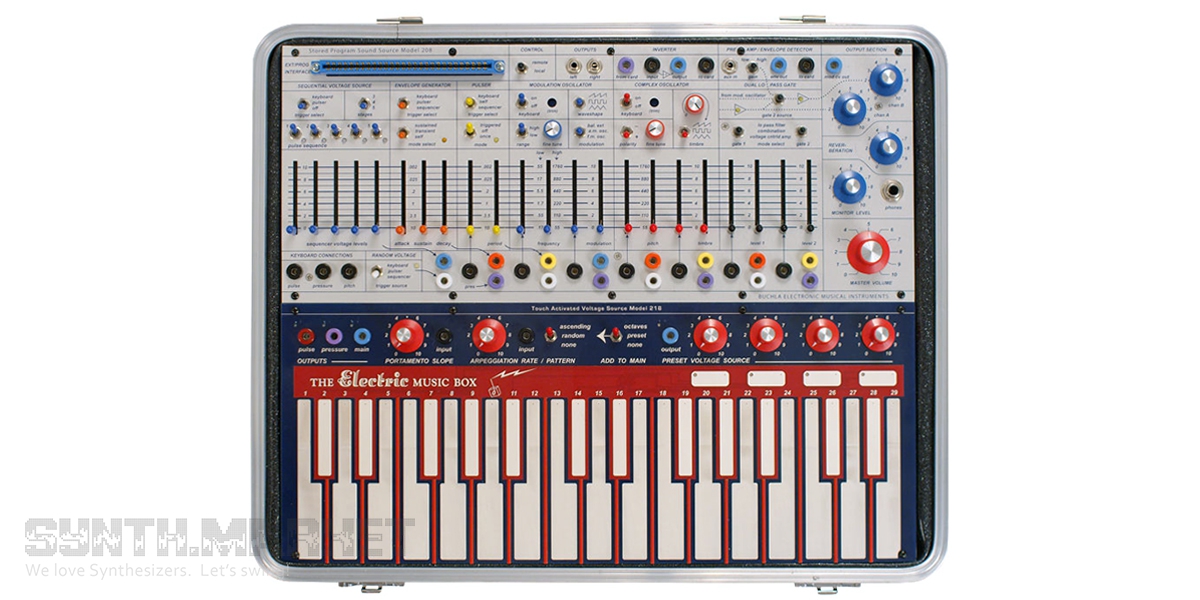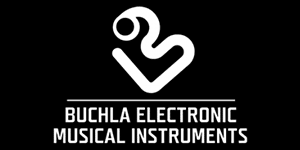Спустя более сорока лет инженеры Buchla вернули на рынок свой легендарный синтезатор. Современная модель не сильно отличается от винтажной. По сути это тот же Music Easel но расширенный современным функционалом.
Основа синтезатора – основной генератор и модуляционный.
Диапазон нот основного генератора – пять октав. Форма звуковой волны регулируется секцией «timbre» и может принимать форму пилы, квадрата, треугольника и промежуточные сложные формы.
Для модуляционного генератора доступны только пилообразная, треугольная и квадратная формы волны. Для этого генератора доступны режимы:
HI – позволяет использовать генератор в режиме VCO (управляемого напряжением генератора).
LOW – режим LFO (генератора низкой частоты).
Переключателем выбирается режим взаимодействия модуляционного и основного генераторов. Можно провести рингмодуляцию, амплитудную или частотную модуляцию. Глубина модуляции устанавливается фейдером, а также может управлять внешним сигналами CV.
Сигнал с генераторов поступает в блок «dual lopass gate», который функционально очень похож на модуль Buchla 292h. Функциональный блок может работать в режиме VCF (фильтр нижних частот управляемый напряжением), VCA (усилитель управляемый напряжением) или комбинируя оба режима.
В синтезатор встроен настоящий аналоговый эхо эффект, построенный на пружинном модуле (spring tank). Он расположен перед выходным блоком и имеет настройку глубины эффекта.
У синтезатора есть базовая поддержка MIDI команд (Note On/ Off) и возможность синхронизации встроенного арпеджиатора с MIDI Clock. Также предусмотрен архаичный способ хранения пресета звучания на специальных картах (настройки на них задаются перемычками и резисторами).
Пользователи отмечают, что при игре хроматических пассажей заметен неидеальный трекинг нот�.
Для питания используется внешний источник 12В, а также предусмотрено питание от аккумуляторной батареи (входит в комплект поставки). При использовании батареи синтезатор способен автономно работать до трех часов.









